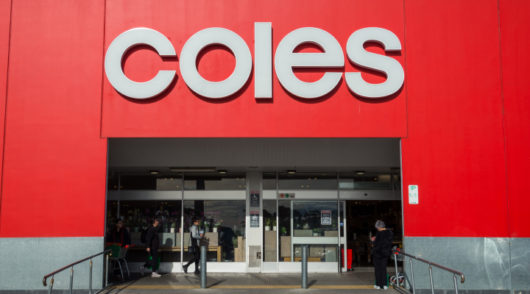For retailers closely watching consumer confidence levels and spending trends, getting an accurate reading about what lies ahead can be challenging. It matters not just to gauge demand levels but to understand customer mindsets and the operational responses required to remain competitive.
This has become more crucial as the economic cycle continues to shift. The CommBank economics team predicts that interest rates will peak in April this year. Still, many consumers are undoubtedly feeling the impact of interest rates and the rising cost of living.
For retailers seeking to understand not only current spending patterns but consumers’ intentions to spend, CommBank’s Household Spending Intentions Index (HSI) can assist. It analyses CommBank’s large transactional data set and spending patterns across 12 different spending categories covering the majority of household spending activity.
The latest HSI, released in mid-February, confirms the expected seasonal trend in consumer buying behaviour across the economy as the new year got underway. It shows that a return to the first ‘normal’ summer break since the pandemic supported general spending in December, with the Index rising moderately as the year ended.
However, in January, the typical post-Christmas decline in retail spending was one factor pushing the Index 6.9 per cent lower for the month. When looking only at retail spending – one of 12 categories comprising the Index – the fluctuation over the Christmas season was more evident.
Retail spending intentions recorded strong growth in November (+6.4 per cent) and December (+12.5 per cent). This was followed by a 21.3 per cent decline in January in original terms. After seasonally adjusting the data, slight gains in retail spending intentions were seen in December and January.
In the year to January, retail trade increased by 5.9 per cent in original terms. As the CommBank Economics team point out, “given the pace of inflation was 7.9 per cent over the 12 months to December, volumes are lower and suggests rising weakness in the retail space.”
CommBank’s chief economist, Stephen Halmarick, added: “With the CBA predicting further interest rate hikes from the RBA in the coming months and a high volume of fixed rate home loans expiring over the next 12 months, household budgets are becoming increasingly constrained.”
The analysis also reveals a broader shift in spending from goods to services over the year. The most significant annual increases in retail were seen in specialty retail stores, alcohol goods, family clothing stores and discount stores. Meanwhile, spending declined in department stores, home supply warehouses, household appliances and furniture categories.
CommBank’s national manager, retail & e-commerce, David Martin, said: “As consumers navigate rising costs, it’s not surprising to see they are more discerning with how and where they spend. Many consumers are searching for value, which can be delivered in more ways than one.
“This can be in the form of conventional notions of value via offers and discounts through to personalised experiences that remind customers that you understand their circumstances are changing.
“This can raise the stakes when it comes to customer loyalty, and we expect that after a period where new digital customers surged during the pandemic, there will be a shift towards retention efforts. Again, this is where keeping pace with preferences and expectations across in-store and online channels can help defend hard-won customers,” Martin added.
The CommBank HSI Index combines analysis of CBA payments data (Australia’s largest consumer spending data set covering approximately 40 per cent of payment transactions), loan application information and Google Trends publicly available search activity data. To access this powerful insight into spending trends visit www.commbank.com.au/hsi
- To learn more about how CommBank can support your retail business visit commbank.com.au/retailers
Disclaimer:
The information contained in this article is published solely for informational purposes and provides general market-related information, and is not intended to be an investment research report. This article has been prepared without taking into account your objectives, financial situation (including the capacity to bear loss), knowledge, experience or needs. Before acting on the information in this media release, you should consider its appropriateness and, if necessary, seek appropriate professional or financial advice, including tax and legal advice. The data used in this article is a combination of ‘CBA transaction data’ and Google Trends™ data. Google Trends is a trademark of Google LLC. The term ‘CBA transaction data’ refers to the proprietary data of the Commonwealth Bank of Australia (“the Bank”) that is sourced from the Bank’s internal systems and may include, but is not limited to, credit card transaction data, merchant facility transaction data and applications for credit. The Bank takes reasonable steps to ensure that its proprietary data is accurate and that any opinions, conclusions or recommendations are reasonably held, or are made at the time of compilation of this article. As the statistics take into account only the Bank’s data, no representation or warranty is made as to the completeness of the data and it may not reflect all trends in the market. All customer data used or represented in article is anonymous and aggregated before analysis, and is used and disclosed in accordance with the Bank’s Privacy Policy Statement. Full disclosures and disclaimers.
- Commonwealth Bank of Australia ABN 48 123 123 124 AFSL 234945.






